Bristow helicopters is one of the world’s biggest operators – and was one of the first suppliers of offshore services in Aberdeen after being founded by Alan Bristow in 1955.
Bristow’s first foray into oil exploration began when it landed a contract with Shell Oil to transport personnel to oil rigs in the Persian Gulf in 1955.
Building on its reputation, the helicopter operator won a contract with BP in 1957, and expanded its operations into Iran and Bolivia the same year.
It was another 10 years before Bristow established its Aberdeen base, but the civil helicopter operator remains at Aberdeen International Airport today.
By establishing its heliport in Aberdeen, Bristow was perfectly poised for leaping into the North Sea oil market when oil was discovered in 1969.
From its foundation in 1967, Bristow went on to become the single-biggest employer at the airport transporting more than 400,000 passengers over the years.
But it made headlines in 1977 due to mass pickets by Bristow pilots supported by BALPA, the National Union of Seamen and the Transport and General Workers’ Union.
A total of 70 pilots employed at Bristow walked out in solidarity with a fellow pilot who was dismissed after refusing to accept a posting to Malaysia.
Telegrams of support were received from the pilots during the weeks-long stand-off, including from those at British Airways and other independent operators.
The strike brought Aberdeen Airport operations to a standstill with no flights able to take off because airport firemen and apron support services refused to cross the pickets.
Bristow expanded air fleet with Tiger in 1982
But there was happier news for Bristow in 1982 when it welcomed the first of 12 new Tiger helicopters to go into North Sea oil support.
The Tiger, a derivative of French company Aerospatiale’s Super Puma, was built to Bristow’s specifications for North Sea duties.
It could carry up to 19 passengers, had a 145-knot cruising speed and a range of 600 miles.
The aircraft was flying directly between Dyce and the Thistle Field. It cut at least two hours off the time taken to fly fixed-wing aircraft to Sumburgh then take helicopter to platform.
Within four years, Bristow had increased its Tiger fleet to 35, and had logged 100,000 flights hours on the aircraft.
All the passengers on that flight received a certificate and memento of the occasion.
As well as oil and gas, Bristow moved into search and rescue during the 1980s, and in recent years has partaken in high-profile rescues like the aftermath of the Haiti earthquake.
Since then it has continued to grow, with the addition of a state-of-the-art pilot training facility in Aberdeen in 2010.
And in 2014, a final farewell was said to Bristow’s famous Tiger aircraft, which was decommissioned after three decades’ service.
Take a flight of fancy with our gallery of Bristow helicopters from the 1970s-1990s
If you liked this, you might enjoy:
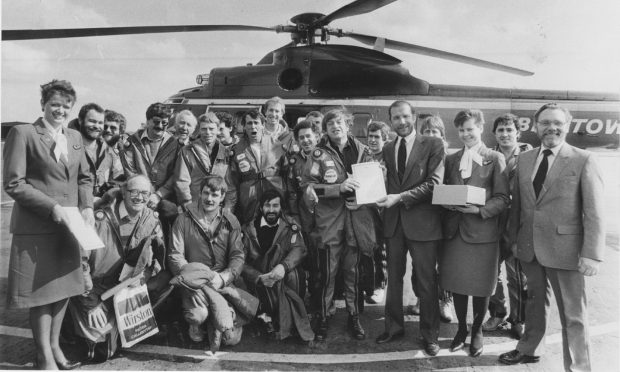
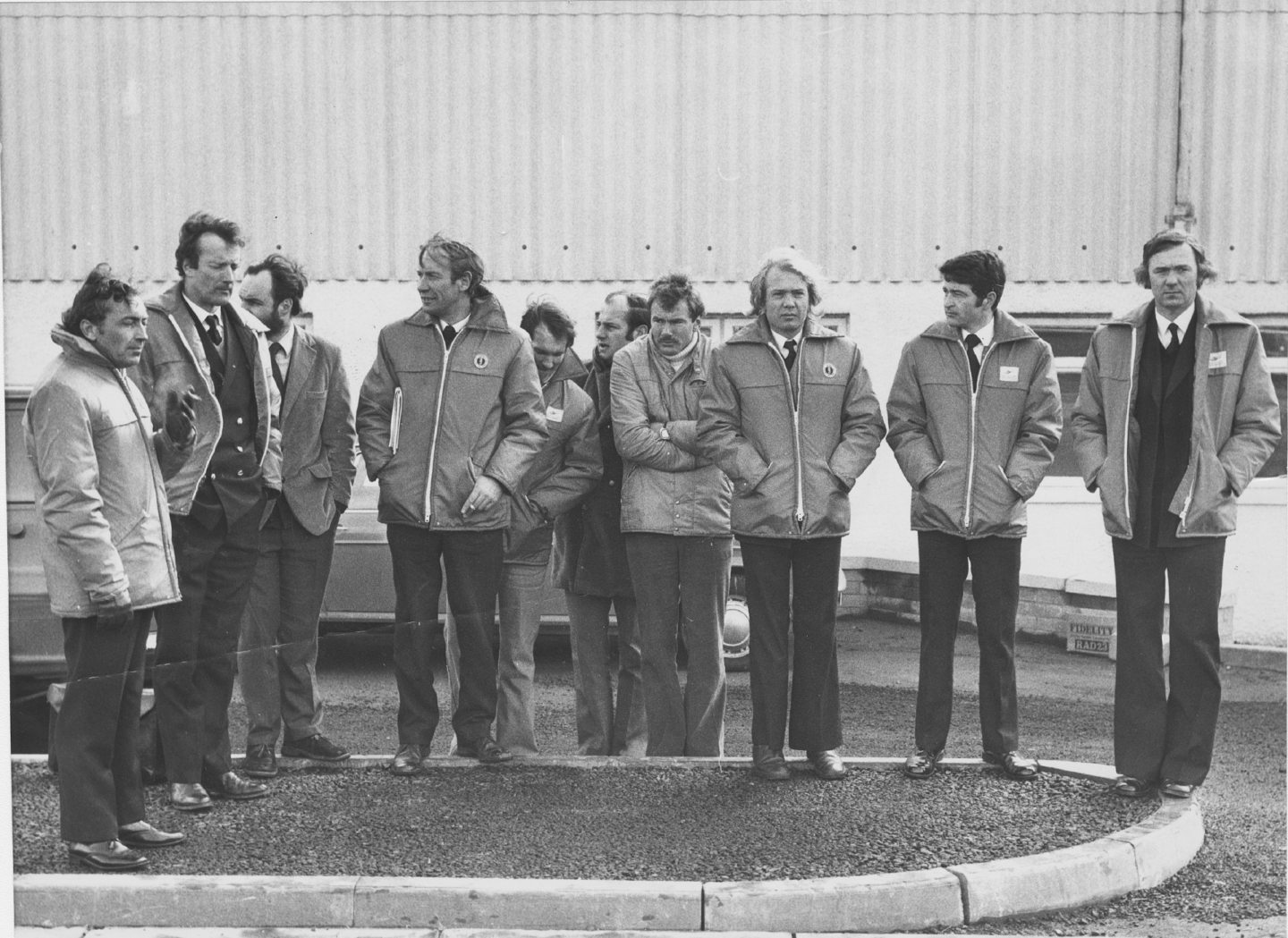
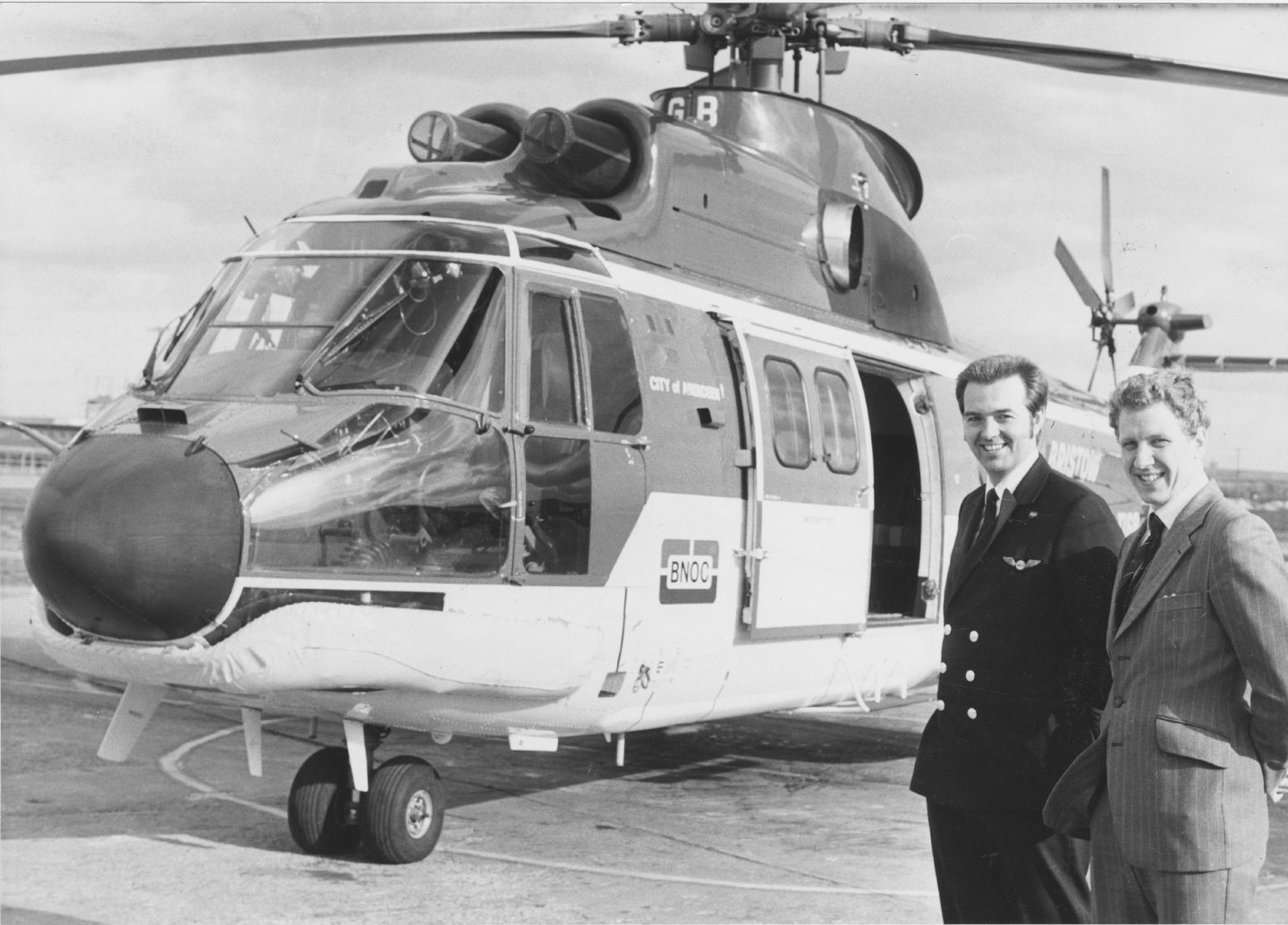
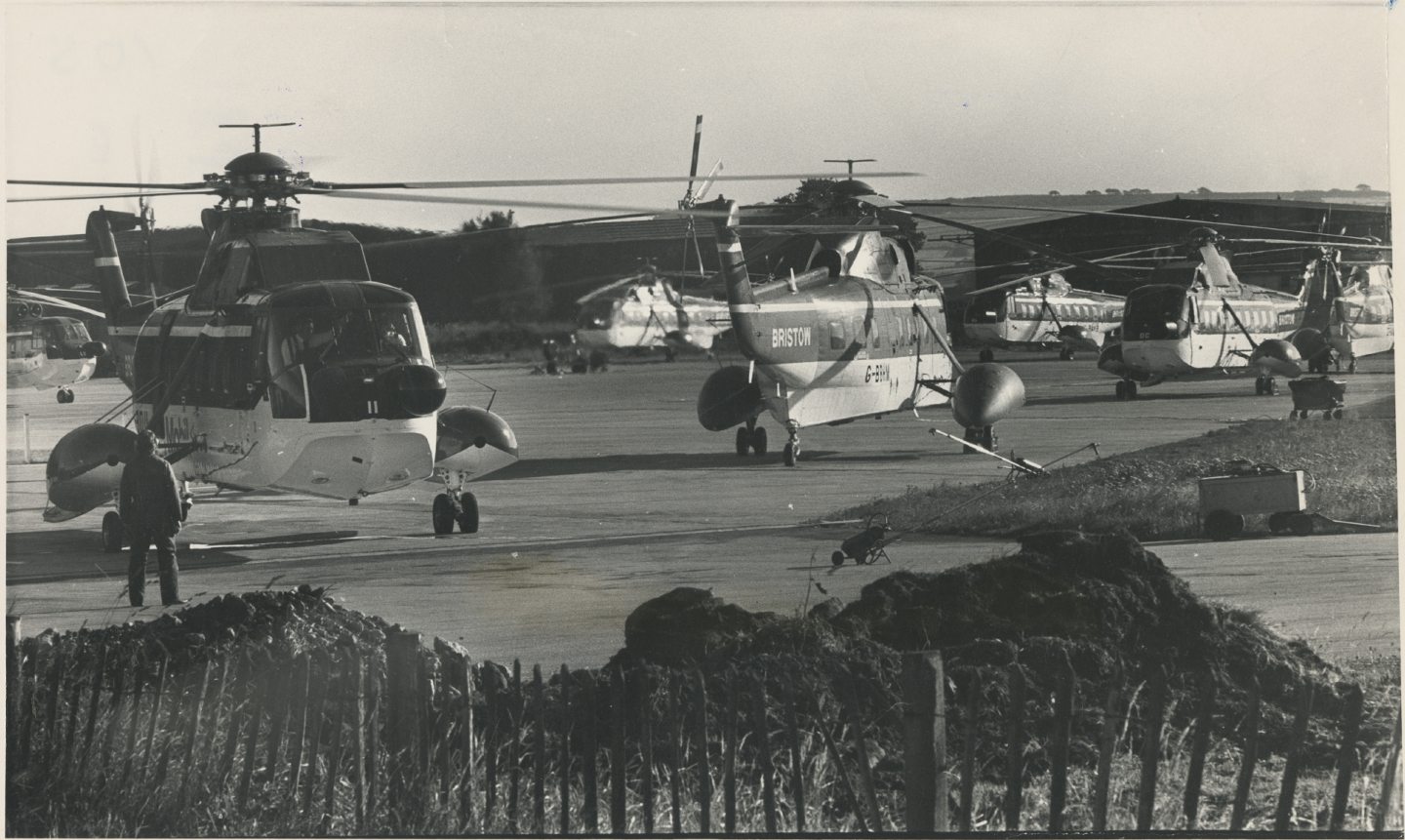

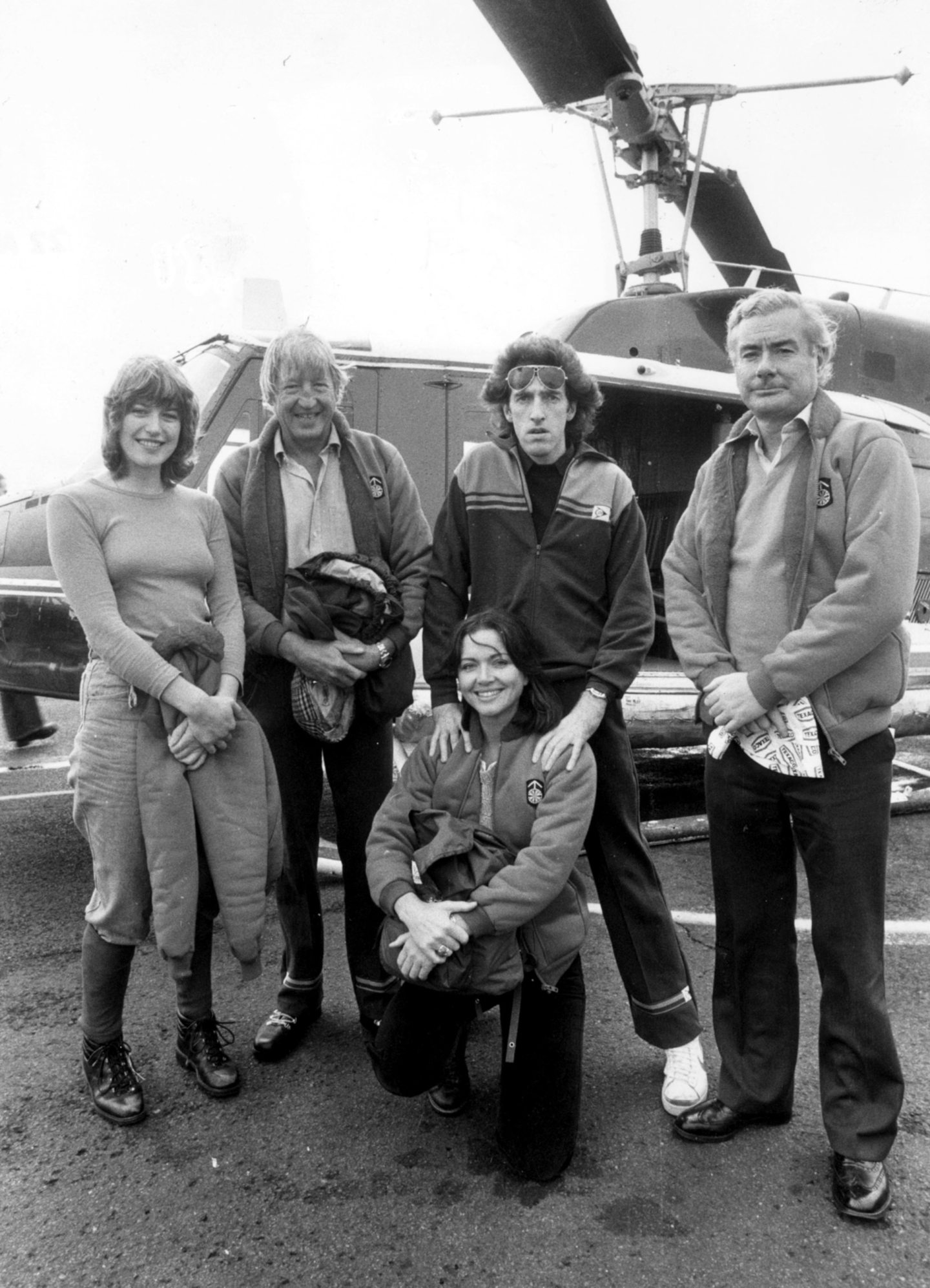
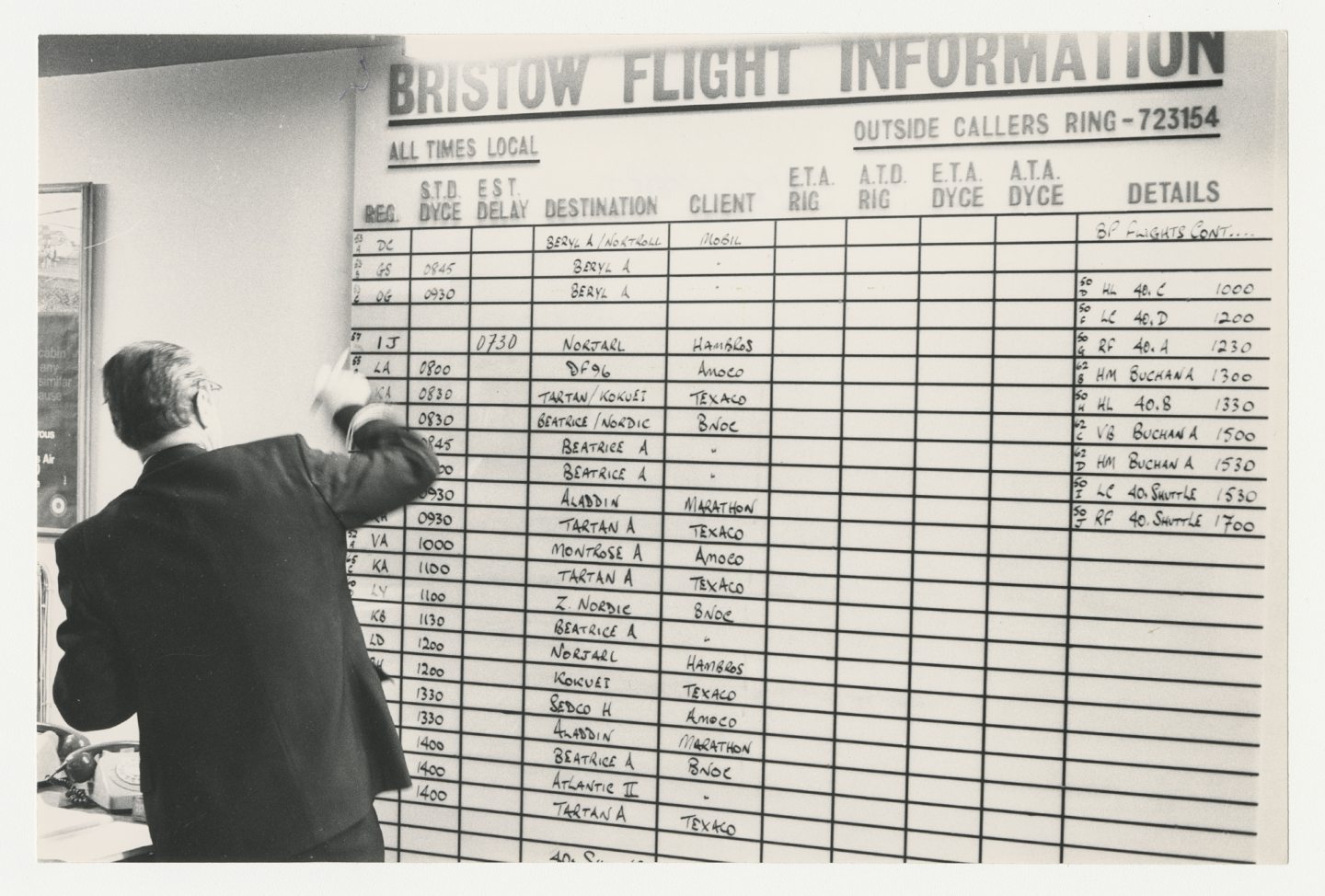
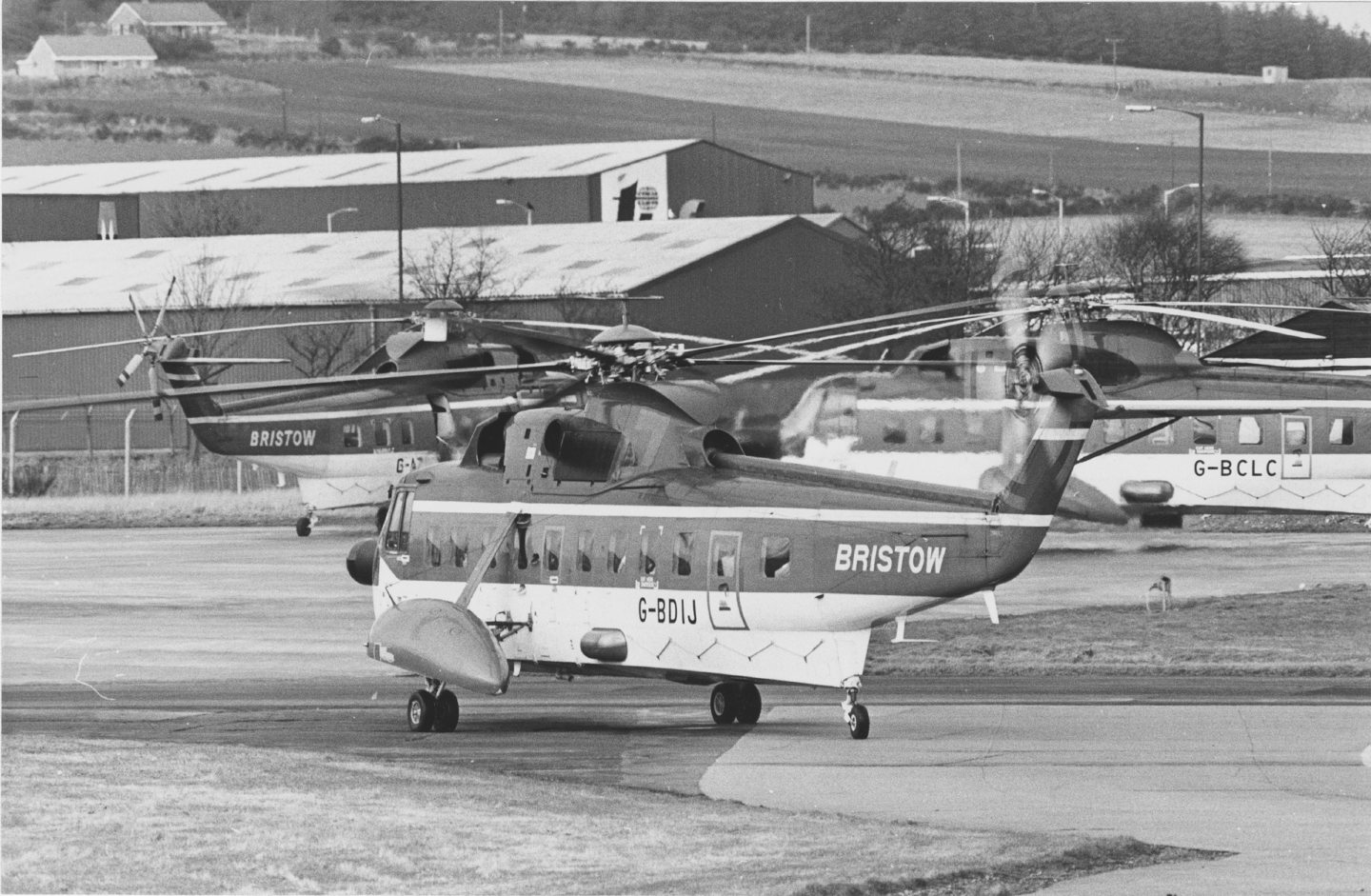

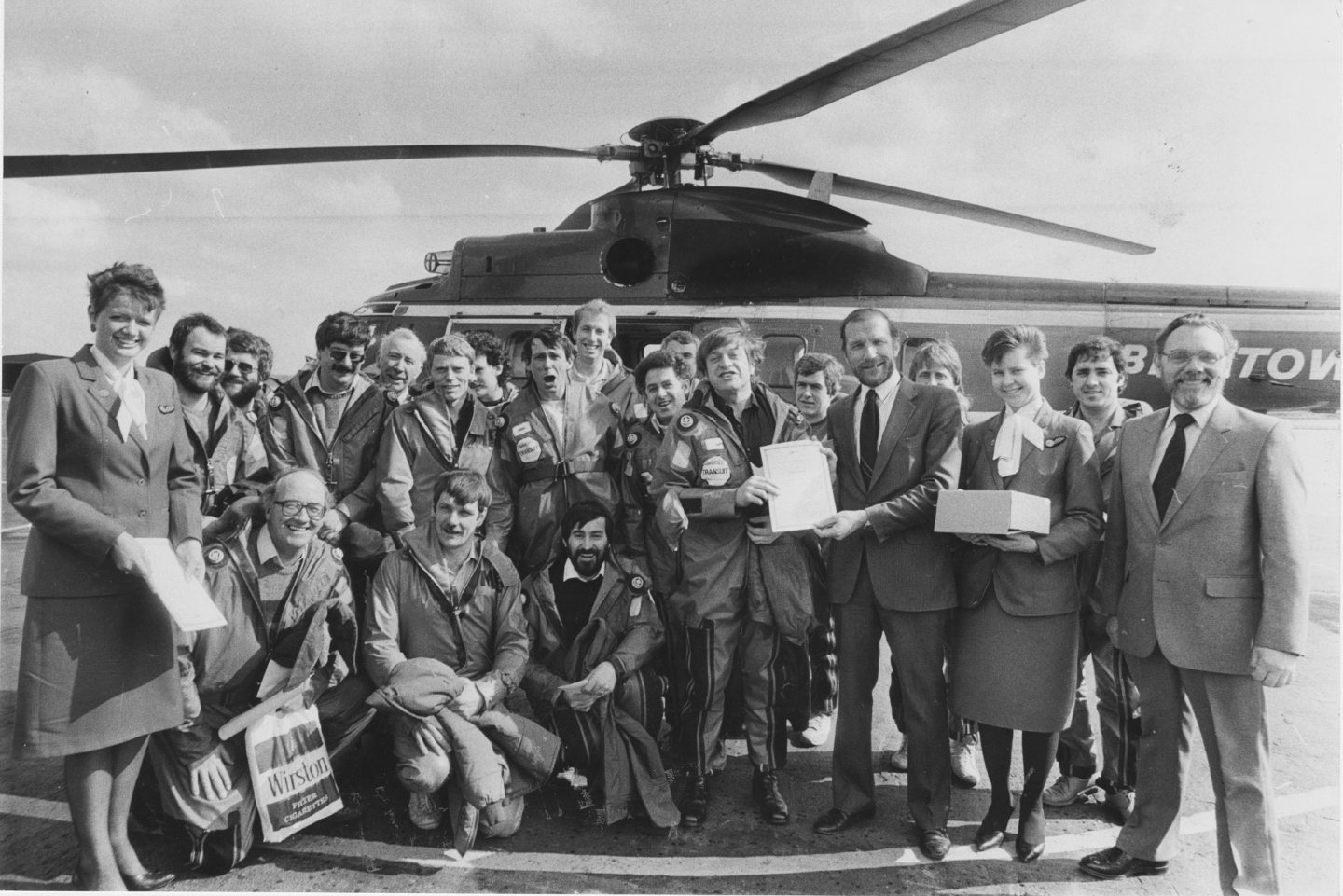
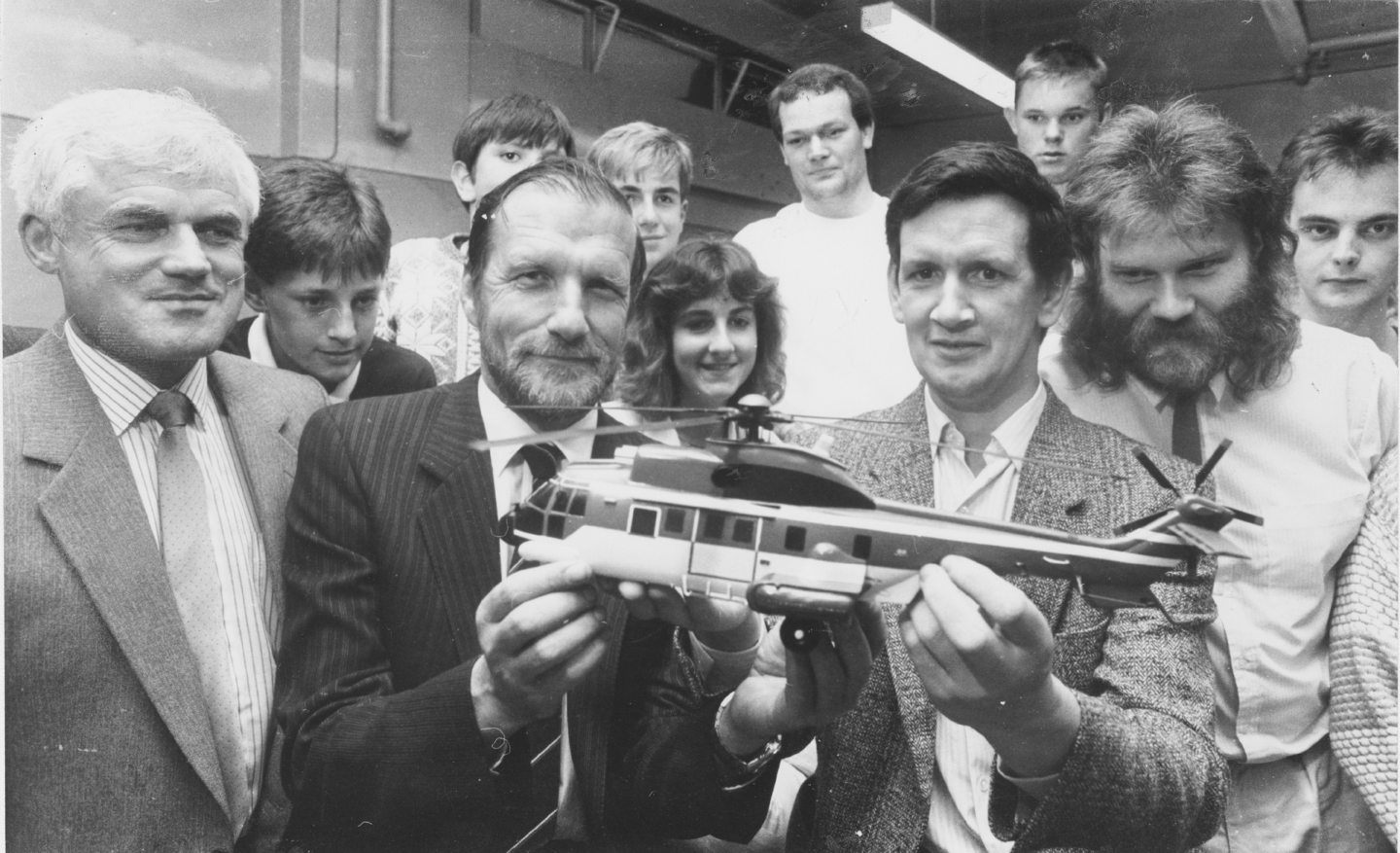



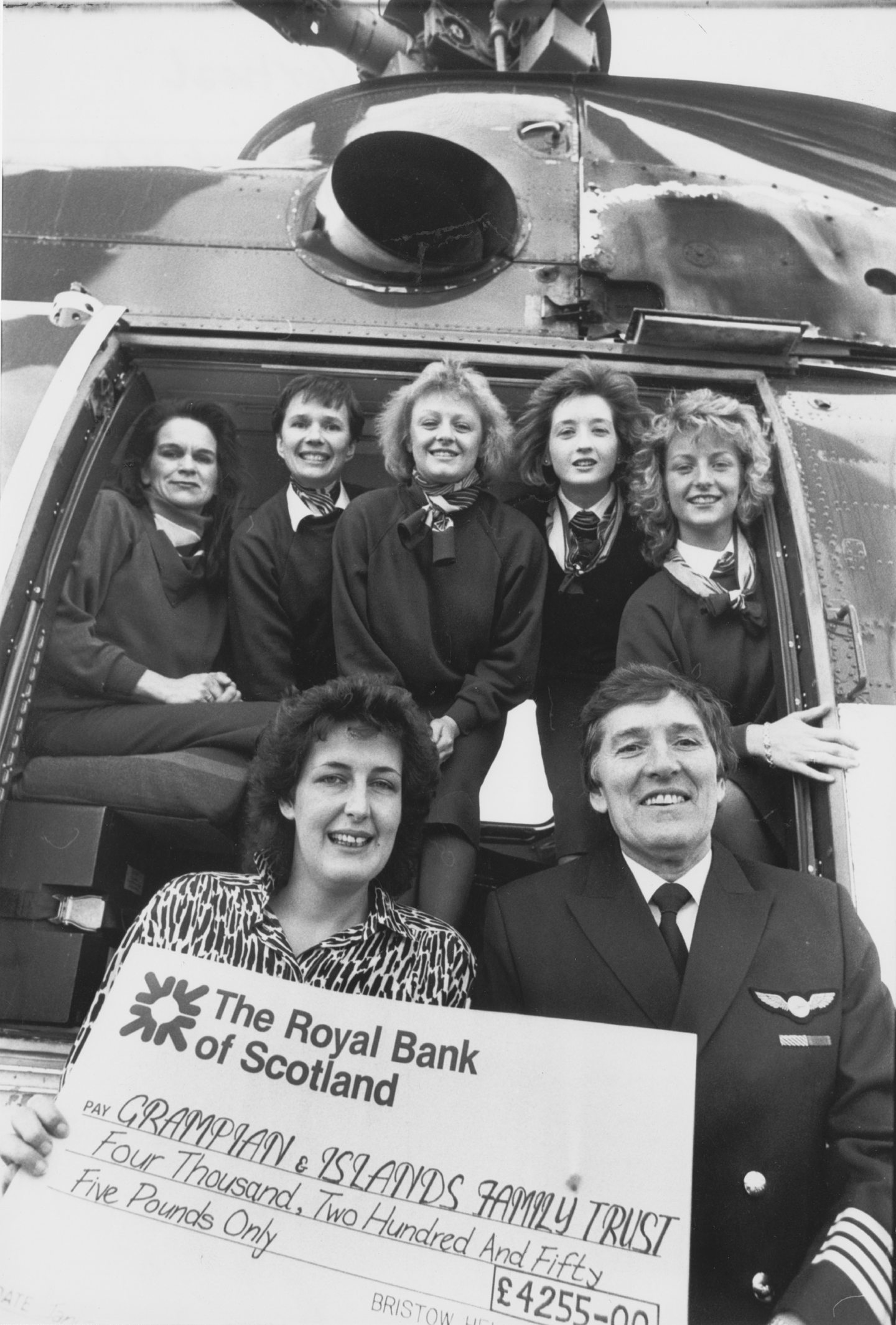
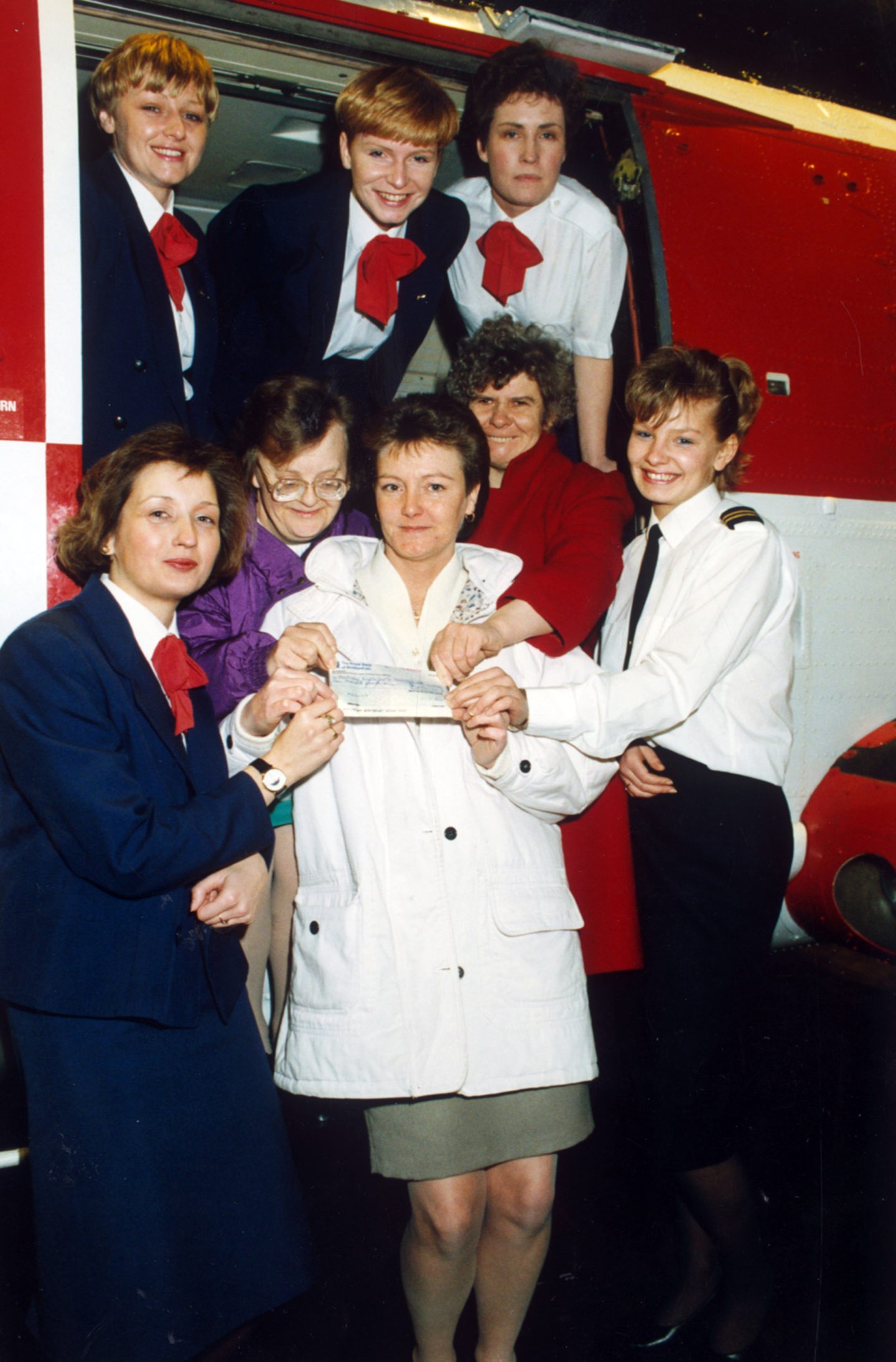
Conversation